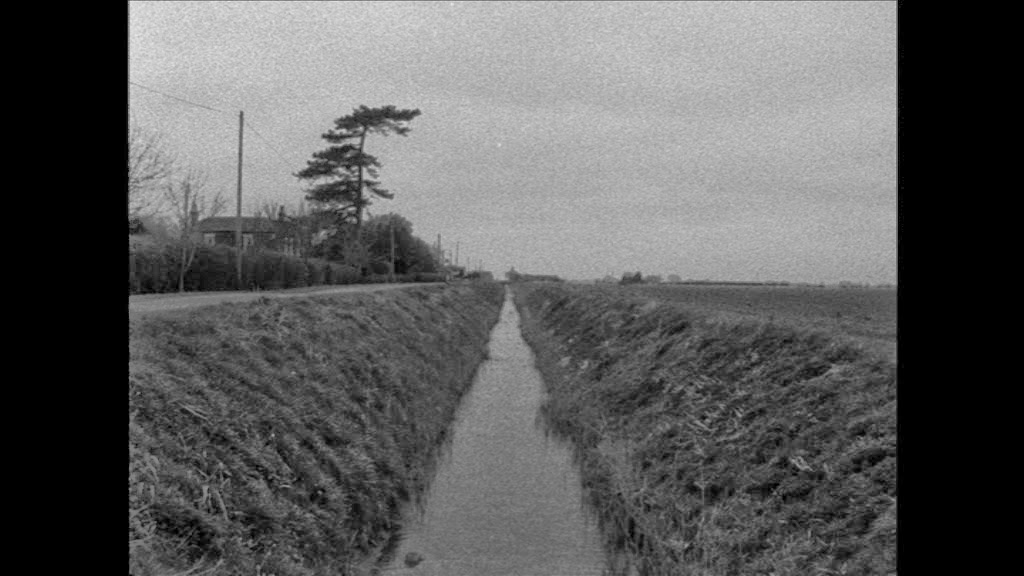Candle 16mm/Silent/B&W/11mins/2009
Candle is a film that documents a
Polaroid developing. It is shot on a 400ft
roll of black and white 16mm film at 72fps.
The film presents this
photographic event in reverse. Over the duration of the film the image of a
candle disappears back into the emulsion of the photograph.
Circles 16mm/Sound/Colour/7mins/2008
This film is a collaboration between Neil Henderson and visual
artist Polly Read. The film documents
drawings the audience made during a performance given by the musician Evan
Parker. Polly Read gave each member of
the audience a small booklet and pencil; on each page a circle has been drawn. The audience responded to the music over the
course of the performance by drawing in the book. The film animates these images bringing them
back into conflict with one of the musical pieces performed on the night. The results are a mixture of abstract marks,
impressionistic portraits, and observations about other audience members. To what extent can/do these drawings reflect
the music played during the evening?
This film explores Parker’s solo technique and the effect it has on his soprano saxophone. The camera is placed below the instrument so it can catch the light entering the instrument as it is played. There is a direct correlation between what we see and what we hear, each light has its counterpart in sound. The film lasts for 13 minutes (one performance on B&W film, the other in colour) and is a specific improvisation for the camera.
Evan Parker is one of the major figures in European free improvisation. Over the last 40 years he has developed a new musical language for the saxophone, particularly the soprano. Parker’s style makes use of a number of techniques one of which is ‘circular-breathing’. This allows him to play for great stretches of time without having to pause to breath, creating long passages of uninterrupted sound. The speed of Parker’s playing creates notes on top of notes, counterpoint on top of counterpoint.
A Study in
Geography-16mm/Silent/7mins/2011
The straight irrigation channels and drains turn the landscape of south Lincolnshire into a grid. In this film, each drain is filmed as it recedes into the horizon. The framing is always the same, with the horizon placed in the center of the frame dividing land and sky equally. One drain follows another, the shot lengths are of indeterminate duration, some drains are wide, others narrow. Tidal Island- 16mm on digital /Sound/10mins/2011
The subject of the film is a man made island two miles from the shore on the east coast of England. Built in the 1970s the Outer Trial Bank is an experimental island, the purpose of which was to see if it were possible to build a larger barrage across the Wash and transform it into a fresh water reservoir. Further development of the project was abandoned when seawater was found to permeate the walls of the island. Tidal Island is a 12-hour time lapse of water entering and leaving the island.
Biography
Neil Henderson’s work has been screened at Kettle’s Yard Cambridge, Camden Arts Centre, Modern Art Oxford, Tate Britain, Anthology Film Archive New York, National Institute of Art History, Paris, Media City Film Festival Windsor, Ontario and the 25th Onion City Film Festival, Chicago USA. In 2009 he was nominated for the Jerwood Drawing Prize. His work is featured in Nicky Hamlyn’s book Film Art Phenomena. (BFI 2003) He teaches Film Studies at Anglia Ruskin University, Cambridge England.

.jpg)

